FlipGive is a free team funding app that makes raising money a breeze. Teams earn cash back for buying the things they already need. Get paid whenever you shop, dine out, book hotels or activities.
Scotiabank, Canada’s hockey bank, and FlipGive surveyed a representative sample of more than 1,000 American and Canadian hockey parents. All respondents had one or more children who play the sport, and they were asked to answer a series of objective anonymous questions to provide insights about their habits, expenditures, opinions, and more as they relate to the cost of hockey.
Read the full North American report here
See the full Canadian infographic here
New-to-Hockey Parents in Canada
Canadian hockey parents who didn’t play the sport growing up are more likely to see hockey as a means to a college scholarship for their kids vs hockey parents who grew up on the ice. Parents new to hockey generally have their kids enrolled in a higher, more competitive level of play. They spend more time on the ice each week, and their kids play more months out of the year. They dedicate more of their household budget to this investment. They spend more.

- 62% of Canadian hockey parents who didn't play as kids spend > $5K / year (vs 50% of families who did play hockey)
- 79% of Canadian hockey parents who didn't play as kids believe it offers a path to a college/university athletic scholarship (vs 73% who played as a kid)
- 26% of Canadian hockey parents have taken on another job to help fund the season (vs 21% of families that played as a kid)
- Whether you played as a kid or not had no bearing on the stress felt due to the cost of the sport
Financial Cost
The bottom line is that youth hockey play is costing Canadian hockey parents and families a hefty amount of money every year. From league fees and travel costs, to equipment, to instructional camps and private lessons, the expenditures add up. It’s not uncommon for families to sacrifice financial spending in other departments or find alternative methods to be able to foot the bill of hockey.
- Nearly 60% of hockey parents spend more than $5,000 per year to fund the sport
- 41% of hockey parents spend between $5,000 and $10,000 a year, while 16% spend upwards of $10,000 a year on hockey-related expenditures
- Nearly 90% are concerned about impact hockey is having on family finances
- 83% of hockey parents reported they thought the cost of the sport has gone up vs last year
- Average spent per category:
- League Fees: 31% spend an annual average of $1,000- $2,500
- Travel: 39% spend an average of $1,000- $2,500
- Camps: 34% spend an average of $500- $1,000
- Equipment: 47% spend an average of $500- $1,000
- Individual Lessons / Ice Time: 48% say they don’t spend any money on this, while 28% say they spend less than $500
- Additional Group Lessons: 47% say they spend less than $500
- Many hockey parents find alternative ways to pay for hockey. For example:
- 67% of parents take fewer vacations
- 63% find savings on other household budget items (e.g. groceries, entertainment)
- 35% take on personal debt
- 23% get a second job or work overtime
Family Cost (Time and Stress)
Aside from the sheer financial cost, there are also other less tangible costs associated with youth hockey play for families and parents. Stress and time are two major cost factors, although they impact your mental health and wellbeing, not your wallet’s health.

- Nearly 70% of kids play hockey for more than 7 months of the year and for 75%, it's not their only sport
- Nearly 80% of hockey parents spend a weekly average of 5 hours or more at hockey-related events
- For close to 20%, the time commitment required to support attendance at practices, games, and tournaments is their biggest source of stress
Developmental Cost
Parents place a premium on hockey teaching life lessons and keeping kids active. The developmental cost of youth hockey is not something parents might complain about. Instead, it refers to the beneficial lifestyle skills and habits gained by hockey play. It’s the cost that warms your heart, not your credit card’s magnetic strip-- which, more or less, turn that “cost” into “profit” for kids.

- 88% of Canadian hockey parents say hockey positively impacts their child’s academics
- 65% of Canadian hockey parents didn't play hockey growing up. (This is a big surprise, especially in Canada.)
- 77% of Canadian hockey parents are hopeful but realistic about their child securing a college athletic scholarship from their hockey play
How Fundraising Enters the Field of Play
Fundraising isn’t only a catalyst in helping families pay for the high cost of youth hockey, it’s often a 100% essential element.
- 79% of Canadian hockey parents say they fundraise to cover the cost of the sport
- 61% of Canadian parents say that fundraising is a mandatory activity for their child’s hockey team or league
- 18% of Canadian hockey parents say that they expect fundraising activities to support at least 25% of the cost to play. For hockey parents that spend the national average of $5,000 per year, that means they expect their fundraising efforts to offset between $1,250 and $2,500 towards that amount
The real cost of hockey is more than meets the eye. The reality is, families will always be spending money and having to manage budgets and schedules.
No one understands this better than FlipGive and Scotiabank Hockey Club, which teamed up to conduct this national poll. FlipGive, a team funding app that helps harness everyday spending, and ScotiaBank Club are on a mission to create an environment where doing good and making money becomes the only way to do business.
Neguine Boustantchi
FlipGive is a free team funding app that makes raising money a breeze. Teams earn cash back for buying the things they already need. Get paid whenever you shop, dine out, book hotels or activities.
© 2025 FlipGive. All rights reserved











